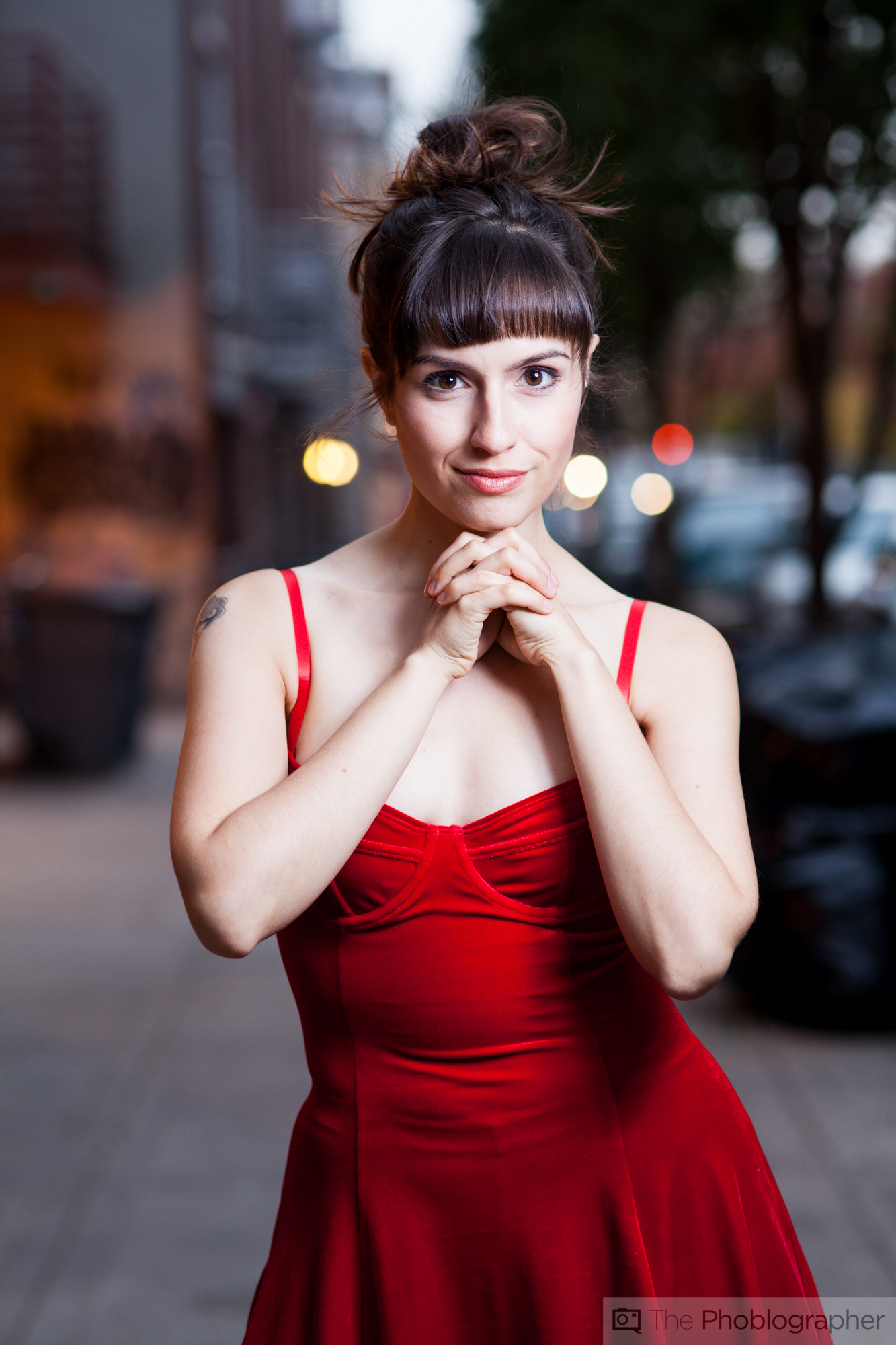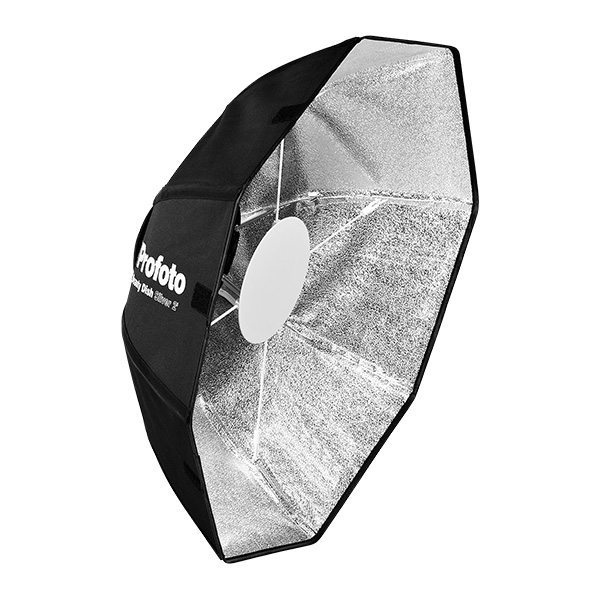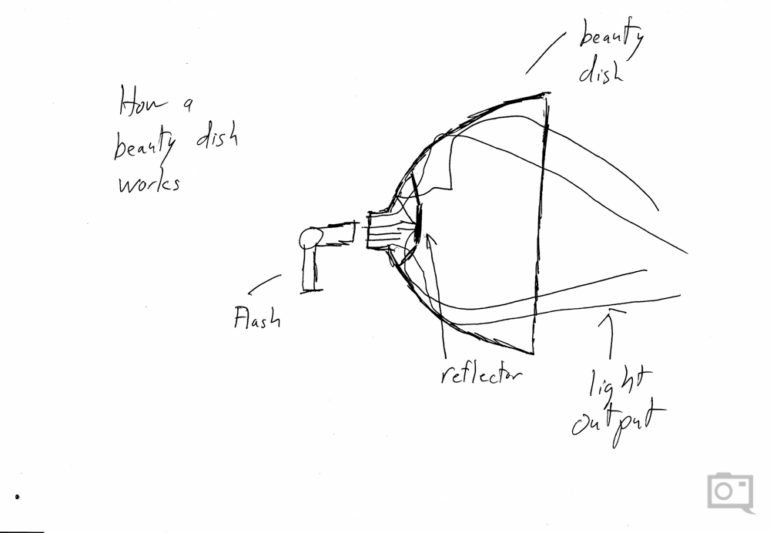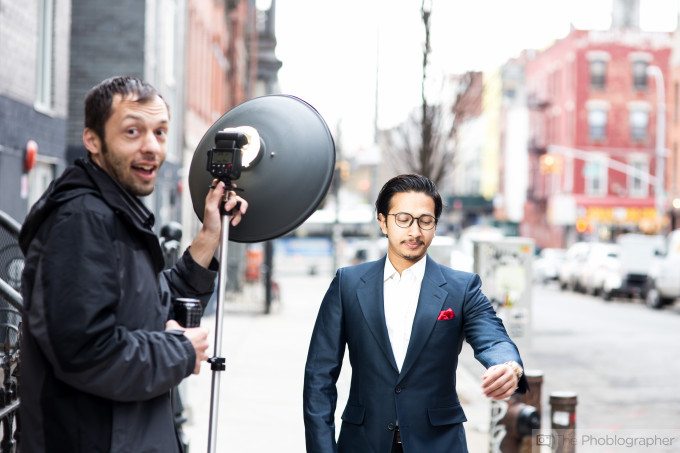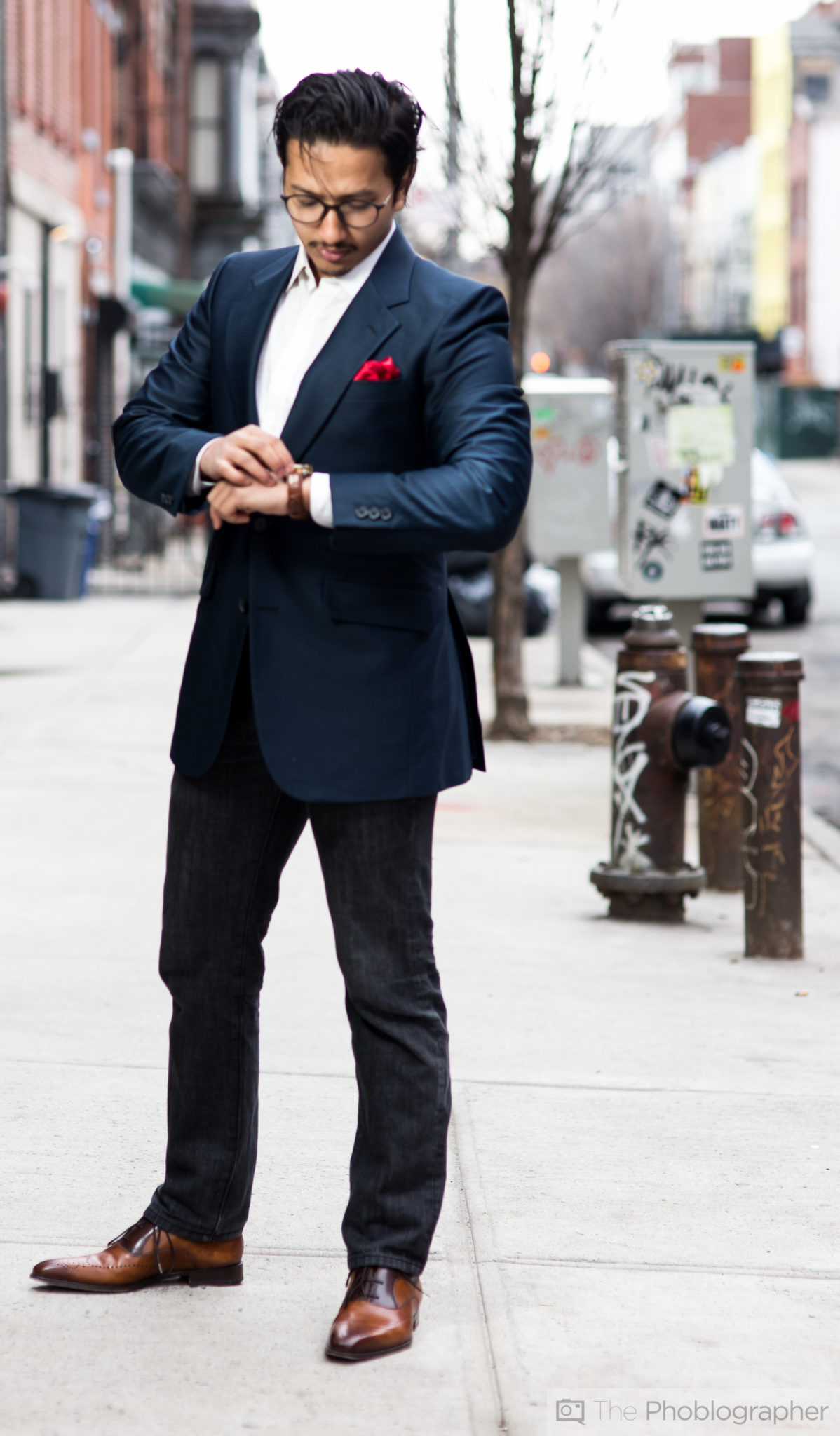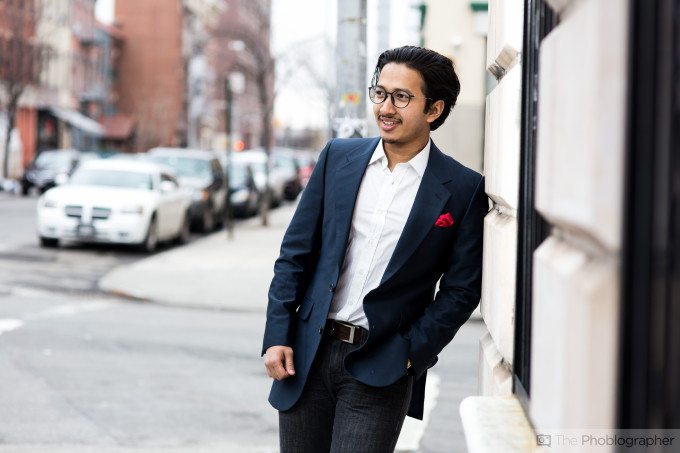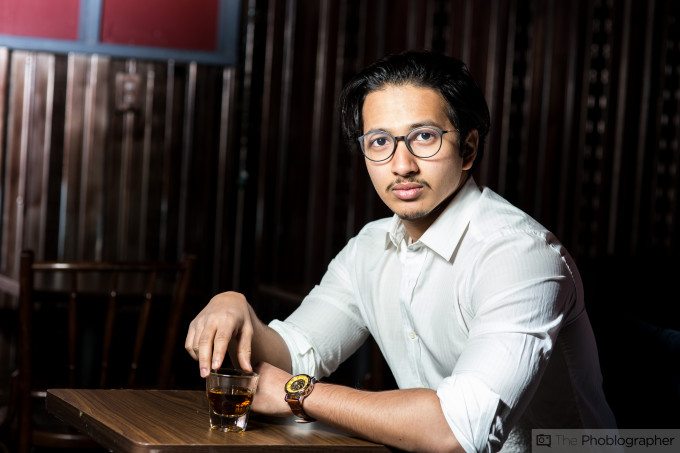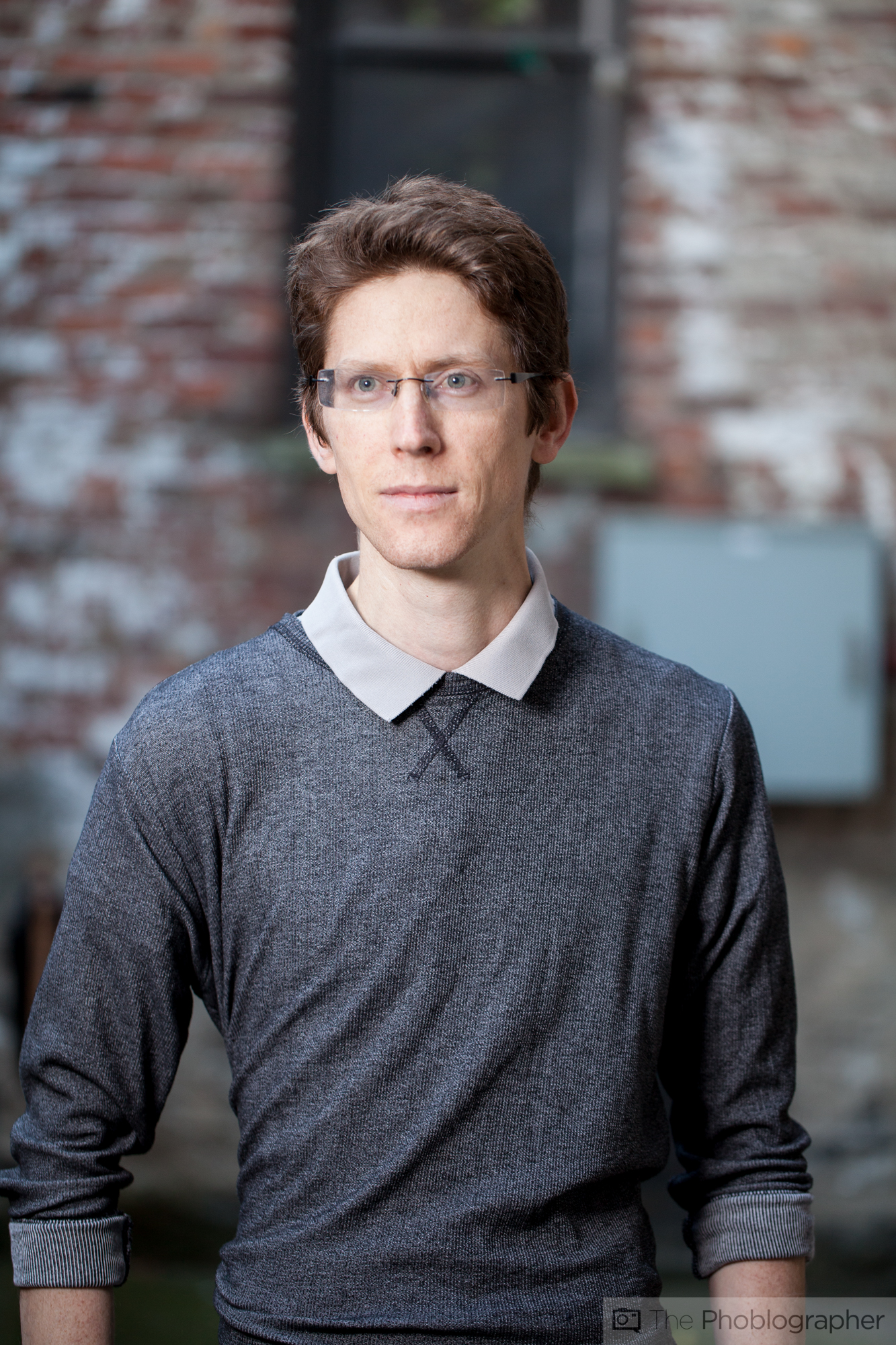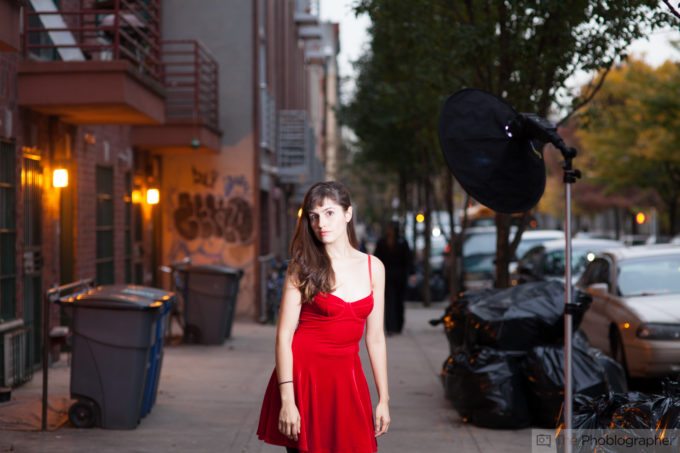So far, we’ve covered how to light portraits with an umbrella, an octabank and a softbox–today we’re focusing on the beauty dish. Beauty dishes were used mostly by fashion and portrait photographers for a while and for the most part they still are. They’re designed to give a very specific soft look that is directional and uses light in an inefficient way. The look has been characterized as being like a softbox and an umbrella at the same time. That’s part of the beauty of a beauty dish–pun totally intended. There are lots that are available about there, and you can easily hack them to do what you want too.
So let’s get into it!
How Beauty Dishes Work
You can honestly make a beauty dish at home with a lot of work on your part if you just understand how they work. So here’s how:
- The interior of the beauty dish is either white or silver.
- There is a reflective surface in the middle
- The flash or strobe goes into the rear of the beauty dish and the light output hits the reflector
- The reflector bounces the light back and it hits the interior
- The light comes out from the beauty dish
Many photographers use the beauty dish without any sort of covering on the front. But when you cover it, you’re generally using a diffusion sock or a grid of some sort.
Sizes and Variations
Beauty dishes have one thing in common with all other light modifiers: the larger they are the softer the light output can be. They’ve all got this very dish-like shape. Some are more rounded and off the sides in design (like an umbrella) while others are more about being very direct and forward.
The ones that are more directional tend to function more like softboxes while the ones that are more like umbrellas tend to be more inefficient with how they use the light. But that’s the beauty of them!
Pun being used again, and genuinely intended.
A smaller beauty dish covers a smaller area in general but can still deliver beautiful light overall in the look. Again though, they’re excellent for portraiture.
If you’re a headshot photographer, a beauty dish is an excellent tool for you because you’ve got a very versatile tool overall. Put a diffusion sock over it and you’ll soften the light output. Put a grid on and you can direct the light output more.
Here’s what a beauty dish looks like when it’s used very directionally. Notice the super hard falloff towards Raiyan’s shoulders? That’s because they size of my beauty dish doesn’t allow it to have a wrap-around quality of light that we talked about in the umbrella tutorial.
The following photos were done with a beauty dish that had a diffusion sock built in. It’s also fairly small–so notice its lack of a wraparound quality of light.
However, notice just how nice the light is anyway because of its inefficient output and diffusion.
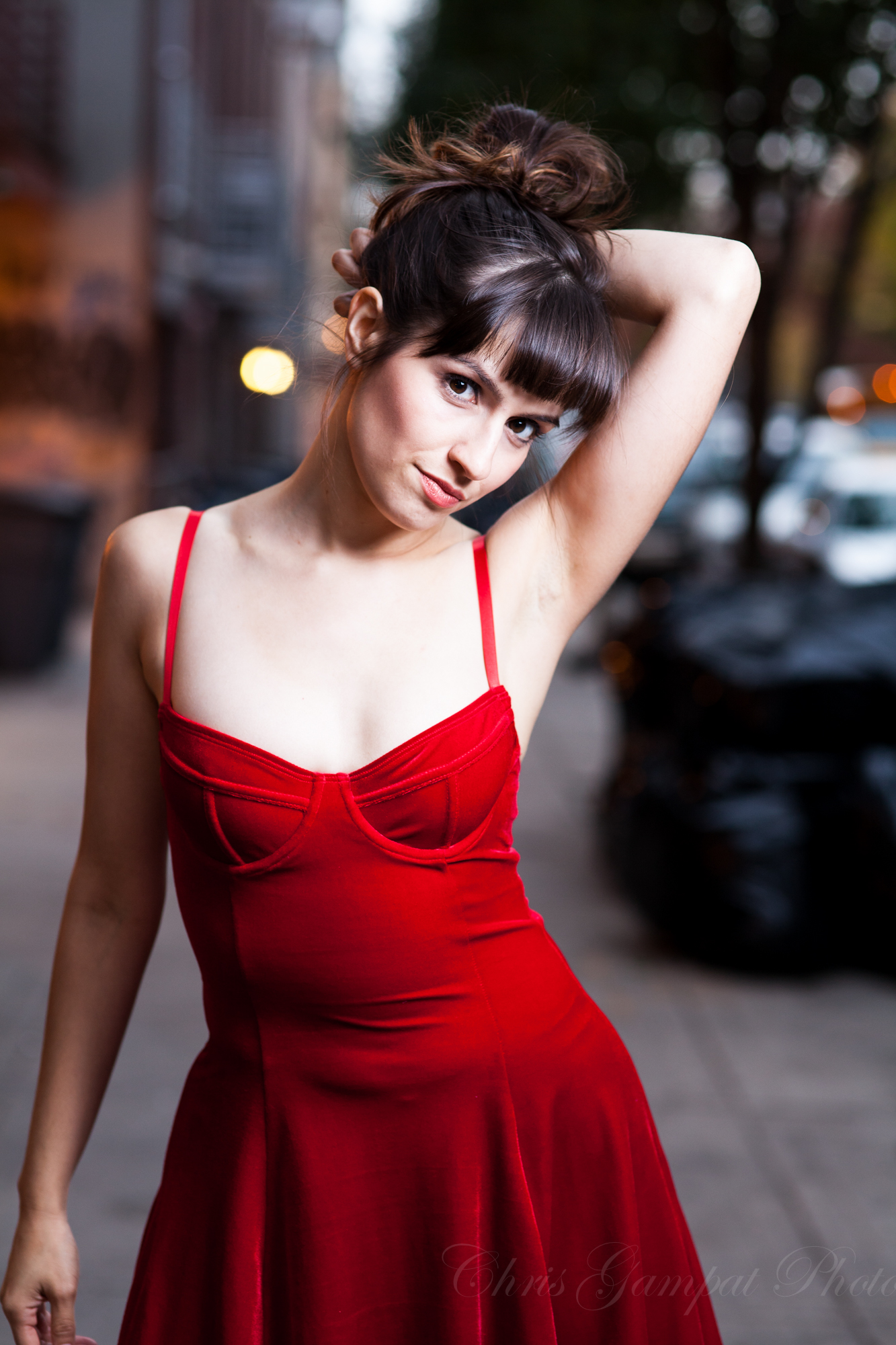
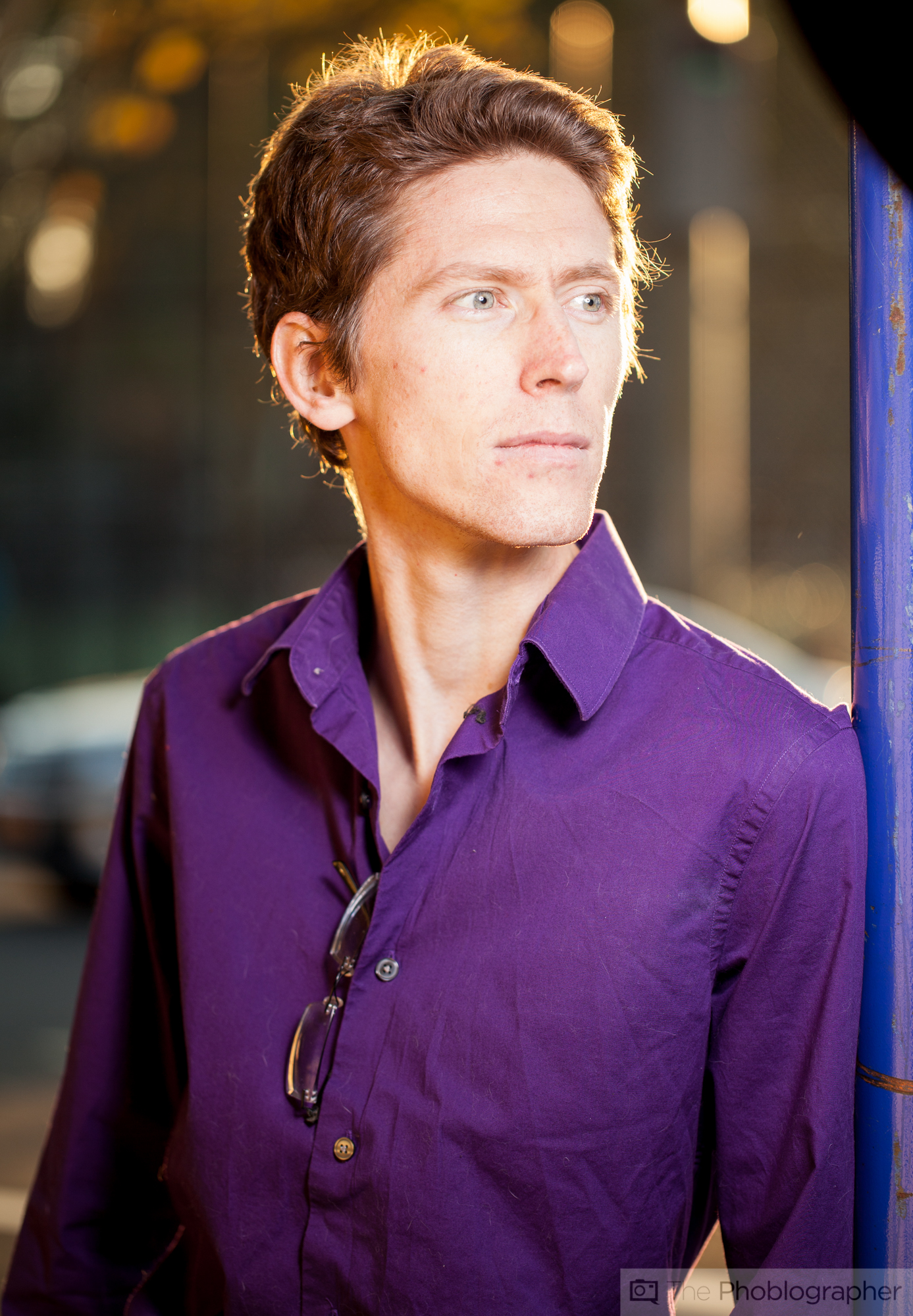
Where to Place Them
Generally speaking, I place beauty dishes accordingly based on how large they are. The smaller they are, the more to the front of the subject you’ll want to place them. The larger they are, the more you can move them around to the side and get a bit of a wrap around quality because of the fact that they’re so large.
As with every light modifier, I suggest having your subject face it to get more flattering shadows and light on them.


